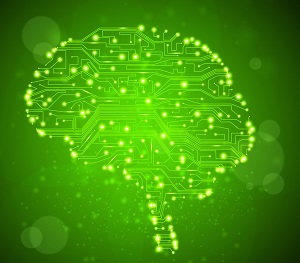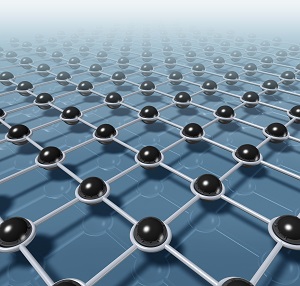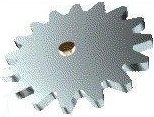19 Mar Neural Networks – Section 3 Intro
 It’s all in your head
It’s all in your head
My posts on Brains and Neurons show us there is a sense of structure and order in the brain. By looking at the brain’s areas, we see how each plays a special role in processing the information necessary to support human cognition and other activities. We’ve looked at neurons and learned that each type has its own components, with complex but definable structure and functions. As our focus has progressively narrowed, we have tried not to lose sight of how these diverse components fit into the grand picture of humans in the cosmos and automation as a boon (not bane) to humans. Though we have discussed participation of parts of the body that are not in your head, such as the sensory receptors throughout the body, we have concentrated on what’s going on inside the cranium.
This section stays largely inside the cranium as well, though we go beyond structure and function to process. As we look at human information system networking, we will focus largely on what happens in and between synapses, neurons and brain areas.
| Understanding Context Cross-Reference |
|---|
| Click on these Links to other posts and glossary/bibliography references |
|
|
|
| Prior Post | Next Post |
| Neurons | Stimuli |
| Definitions | References |
| neurons chaos | Anderson 1988 |
| input output | Feldman 1989 |
Biological Networking
 We must now reach beyond well-defined structures and functions into the domains of chaos, where things that we think we understand drop into the maelstrom. There, they can produce predictable results despite our nearly absolute inability to describe what happened between input and output to produce those results. In many areas of science, old mysteries give way to established facts as soon as we develop the technology to look at them closely. Does cognition defy this axiom? Not entirely.
We must now reach beyond well-defined structures and functions into the domains of chaos, where things that we think we understand drop into the maelstrom. There, they can produce predictable results despite our nearly absolute inability to describe what happened between input and output to produce those results. In many areas of science, old mysteries give way to established facts as soon as we develop the technology to look at them closely. Does cognition defy this axiom? Not entirely.
Neural Network Artifacts
This segment on biological networking builds on the foundation established in the first two segments to describe how neurons interact with one another. The electro-chemical processes governing the interaction of neurons are explained in detail. If that sounds like drudge reading, take heart: the graphics are so interesting that the effort

to wade through the biological networking text has some intrinsic rewards. The reason for the exhausting detail is that certain principles of neural network design will rise out of these pages, suggesting different types of mechanical architectures to model different aspects of the phenomenon of the flow of excitation and inhibition in the brain.
If artificial neural networks fascinate you, this may be the first segment of the Understanding Context Blog you choose to peruse. One word of caution before you skip ahead: the background provided by the first two segments will make this one much more meaningful.
| Click below to look in each Understanding Context section |
|---|








